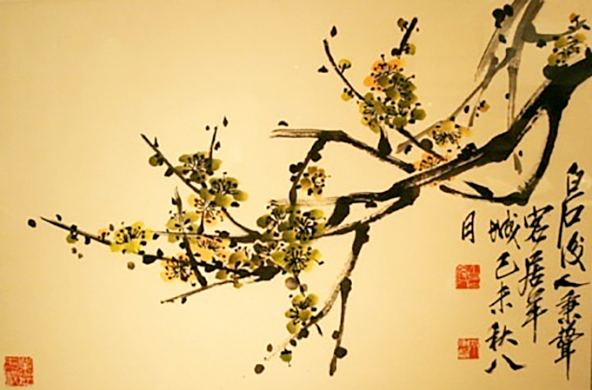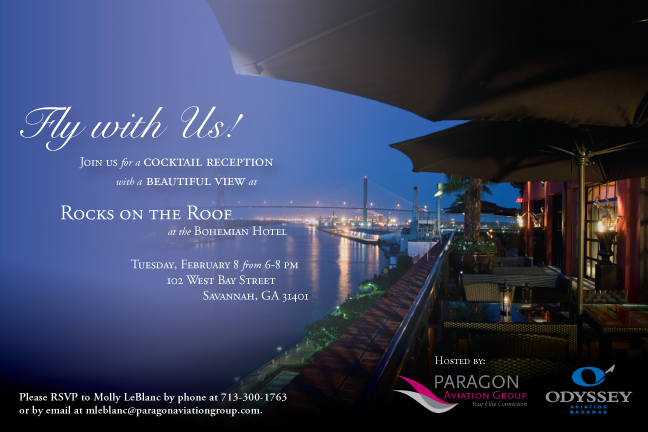Turning a Negative into a Positive – Why Negative Space is Important
What is negative space?
In the Japanese language, the term “Ma” is used to describe a “gap” or “the space between two parts.” It is an awareness of form and non-form. This essentially, is describing what artists and designers call “negative space.”

When designers speak of negative space, we are generally referring to the “white space” or empty space around a subject within a frame of artwork. The term is also used by musicians to indicate silence within a piece. This basic and often overlooked element of design gives the eye a “place to rest,” increasing the appeal and impact of a composition.
To designers, photographers and other creatives, negative space is most often an essential part of a the composition they are seeking to create. Unfortunately, sometimes negative space feels like a luxury not always enjoyed in an ad, magazine spread or page of a website.
Many times, negative space is seen by a non-artists as a “waste of space” rather than something that can make the composition of a design more dramatic, appealing and professional-looking. Allowing for negative space can focus a customer’s attention where desired. It can make a logo or headline standout and work better with other design elements.
Imagine your favorite song but without any pauses, swells or falls. It would be just noise. Comparatively, if a printed ad is jam-packed full of type and image with no room to breathe, it is also just noise blending in with the rest of the noisy ads. Adding an overwhelming amount of information does not give the client more bang for their buck.

What can make your ad or branding pieces STAND OUT? Less information, less content crammed into one space, beautiful photography, creative design concepts and good typography.

